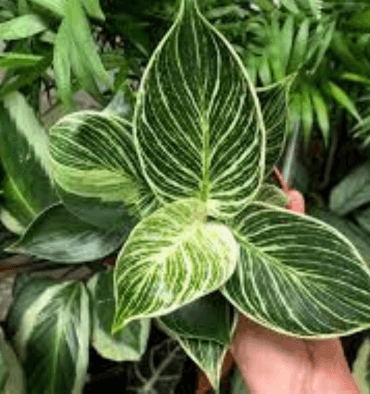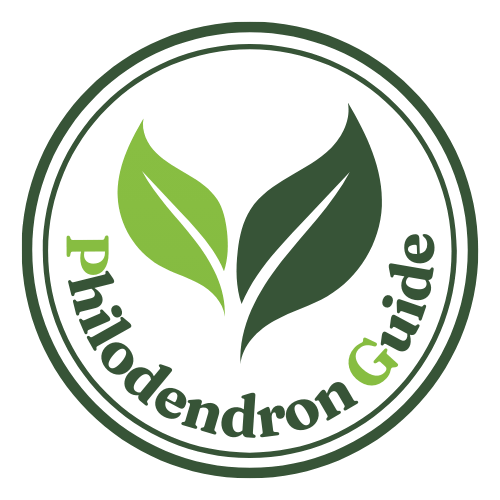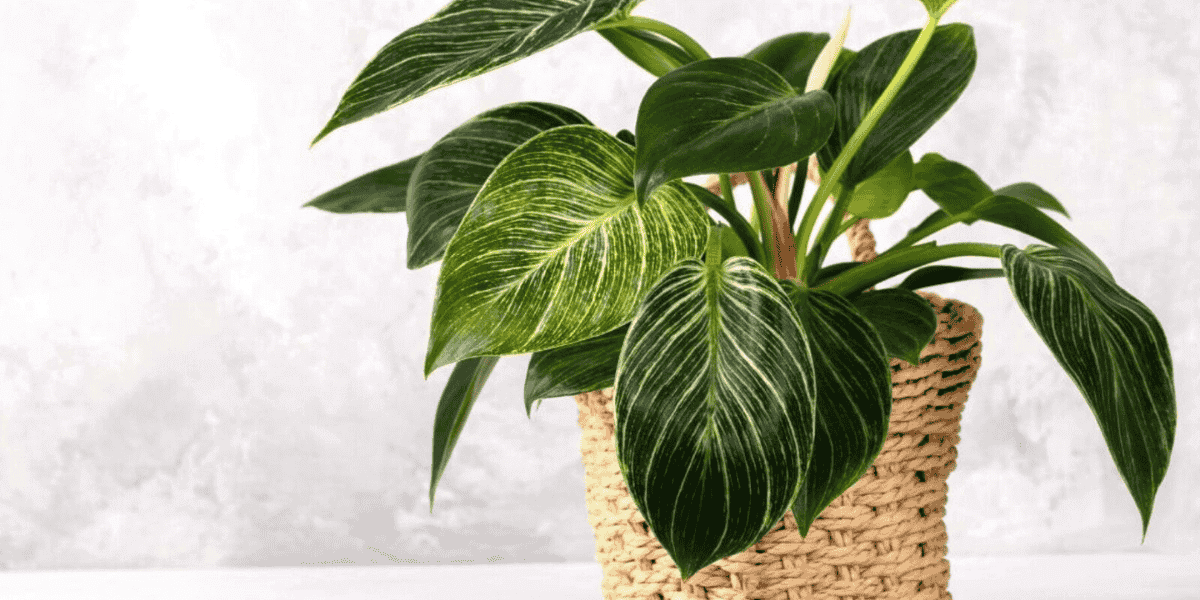Introduction:
Did you know that Philodendron is among the favorite indoor plants across the globe due to its lush emollient leaves cover and ease of tending? These hardy plants still need attention, especially during the winter months. Winter Care Tips for Indoor Philodendrons can be quite a challenge. if you have Indoor Philodendrons, you might struggle with some issues such as lack of humidity, low temperatures, shorter days and so on. But do not worry. Every college student has a struggle sometimes and everybody develops with or clouds this especially with this infestation which is in fact the winter and it so happens cold and this paper will tell and you will sit seeking to improve winter practicing with Philodendron plants.
The Investigation Philodendrons: Winter Care Tips for Indoor Philodendrons
At least one of the commonly collected types of outdoor plants, the philo or ‘philodendron’, is rather most usually from the Central and Southern American tropical rainforest. They are well known for their huge heart shaped leaves and also ease of adapting in rooms. There are over 400 species of Philodendron, they range from erect saprophytes to climbing plants, though you must concede as most of them share the same caring requirements. Therefore, if you take care of the maintenance needs that the philo might require and the ventilation with the radiators might also help to ventilate the cold air, there should only be some little support that will be needed because of the season of the year which is winter.
Challenges of Philodendrons During Winter: A Care winter Tips for Indoor Philodendrons:

To start from the outline differences, winter has brought about most of such indoor surroundings with modifications that left your Philodendron with an upside down challenge. The challenges of this kind include Winter Care Tips for Indoor Philodendrons, which can help address the common issues that arise during the colder month
Cold temperatures:
Philodendrons basically do not enjoy cold conditions. Low humidity: The air during winter is drier than what it is in summer and that can stress the plants to the extent of harming them.
Loss of light:
The reduction in daylight hours results into less sunlight which can be used for photosynthesis.
Overwatering risk:
Winter is the plant’s dormant stage therefore less water use is required and excessive watering can harm the root system.
How Cold Temperatures Affect Philodendrons: Winter Care Tips for Indoor Philodendrons
Philodendrons do well at a temperature range of 65 – 80 ° F ( 18 C to 27 C). Within the winter season, there exist internal house low temperatures which are caused by heating systems or by draughts. A minimum temperature of about 55° is required by the plants. The flowering plant within the maximum range limits will be brighter and give the underlying problems like yellowing of the leaves and sluggish growth.
Importance of Humidity for Philodendrons: Winter Care Tips for Indoor Philodendrons
They tend to love moisture because philodendrons are considered tropical plants. The K5 optimum temperatures have varying debits of occupying 60 – 70%. But the heating devices do their job all too well in winter. As a result, biotic stress develops among the plants causing problems such as dry leaf tips, drooping, and wilting of the Philodendron leaves. Following Winter Care Tips for Indoor Philodendrons can help mitigate these issues and keep your plant healthy during the colder months.
General Winter Care Tips
As regards to the winter care tips for indoor philodendrons, various internal alterations have to be done. Now, let’s examine those procedures which will enable one to stay a step ahead and avoid ‘what to do with my plant in such a cool winter’ syndrome.
Temperature Management:
In most private homes, it will be important to care for, in particular, a particular Philodendron to the extent of observing that the indoor air temp goes anywhere from 65 – 80 O F. Indoors, do not put the plant out in the open where the cold draught from the windows and doors comes, and for this reason do not keep it too close to hating constraints because the warm air might dehydrate it.
Humidity Management (and its Remedies):
Carry:
People tend to carry the plant with them, particularly when traveling and thus the plant should be watered once you have arrived at the destination for around 2-3 hours as the heater may have dried you out. It is very useful to help with this situation by making the humidity content within the surrounding high.
Spray the leaves:
Every few days or as your gardening practices dictate, gently spray the leaves of the philodendron with water until they are bet drenched.
Position it on a pebble tray:
This is also quite a common method which aids in increasing the humidity around the plant.
Collect your plants together:
This can be done fairly easily by standing all the pots head-to-head as it will enable the formation of small cooler regions of higher humidity surrounding each of the pots.
Winter Watering
Constant or overwatering of Philodendrons while growing should also be discouraged. Check soil moisture levels regularly. Irrigate once the top one-inch layer of soil around the pot feels dry. This may be every 2–3 weeks around then. The pot must have sufficient drainage so as to help prevent water logging at the bottom layer beneath the topsoil.
Availability of Light in Winter:
Philodendrons are bright plants that occupy bright, but unfortunately during winter all is bad as light is not as bright as it was during summer. So to help me do:
Move the plant to a window so that there are no treatment restrictions for the placement of the plant.
Clean your windows to allow for maximum light.
If the requirement of natural light is not satisfied then use a grow light.
Pruning and Maintenance :
Demarcation of how much damage is acceptable in the sense of structural pruning is still taboo because this activity is not appropriate for winter, but some minor cleansing was I mean has to be performed. While pruning for healthy plants promoting new shoots, beware of green young or healthy leaves dead and yellow leaves and any pests even in winter when they all hide some pesticides should be used.
Addressing Beliefs about Winter:
It is true that sicknesses of botanicals may be hard to alleviate even with good doings. Outlined here are some common concerns regarding the care of a philodendron houseplant and solutions to the problems:
Reducing the Effects of Over-stocking with Water:
Winter is not always the most favorable time for philodendrons and excessive watering during such seasons always presents a challenge. So, if the soil has become yellow or the growing plant has begun to hang (droop), then moisture levels of the soil need to be checked. If it is too wet, reduce the amount of water applied and watch out for drainage.
Preventive Cure against Root Decay:
This condition is essentially a root disease, which is caused largely by soil that stays too wet. To prevent root degradation, make sure that the soil does not show evidence of appreciable saturation before more water is introduced and apply water manager potting mix instead. In circumstances where root rot is unavoidable, the affected plant has to be removed from the pot surgically with all the rotten roots cut off and be planted of some fresh soil.
It is reasonable to expect that a few leaves will be yellow and start dropping off during winter months because the plant is probably in energy conservation mode. Yet, if this becomes too frequent, it would be a sign of some stress. Make sure that your Philodendron gets an adequate amount of light and that you do not overwater it.
Conclusion
Winter care for indoor Philodendrons can be quite challenging due to the internal winter seasoning but with proper practices one can help his/her plant to survive the cold season. The main points to focus on are warm humid environments, less frequent watering, and sufficient light. Heed these simple recommendations and your Philodendron will be healthy and cheerful until the spring. For additional advice on plant care and/ or other informative updates, please subscribe to our newsletter!
Frequently Asked Questions:
1. What frequency bothers watering Philodendron in the winter season?
A. Water every 2-3 weeks while allowing the soil some time to dry in-between the watering.
2. What is considered to be quite cold for a Philodendron?
A. Do not expose the plant to temperatures lower than 55°F (13°C) since it may cause stress reactions to the plant.
3. May I use a tap type of water for pouring on my Philodendron’s leaves?
A. Yes, however if your tap water is hard then biodegradables (as biodegradable water bottles used for plants) should be a good option.
4. What methods can I use to raise the humidity level for my Philodendron?
A. The use of humidifiers, leaf misting or pebble tray for the plant would serve this purpose.
5. Why are the leaves of my Philodendron turning yellow?
A. These problems may be the result of watering too much, insufficient sunlight, or temperatures that are not ideal.
6. If I want to prune my Philodendron, can I do so during winter?
A. A little pruning is ok, but wait until you reach spring to do any major cutting.
7. Is it necessary to fertilize Philodendron in the winter?
A. No, in the winter cut down or entirely stop the applications of fertilizer since the plants stop growing.
8. Why have the leaves of my Philodendron been sagging?
A. Look out for overwatering, excessive drinking, or strong airflow.
9.Are philodendrons happy to huddle in the dark for the winter?
A. They can stay under low light conditions however the body would most probably take its time to grow. Think about supplemental light.
10. Should I move my Philodendron away from windows during the winter season?
A. Maintain it close to bright windows but not in cold drafts.
11. What bugs am I going to expect mostly in winter?
A. Spider mites which like dry conditions should be watched out for.
12. Is it possible to use a grow bulb for my Philodendron?
A. Yes, a grow bulb can provide enough light during winter.
13. In winter, is it natural for my Philodendron to have a slower growth rate?
A. Yes, it is natural for growth to be slow during cold months.
14. How do I know if I am giving too much light to the Philodendron?
A. In cases where the leaves begin to brown at the tips or curl in, then it could mean excess direct sun.
15. What is the greatest way to keep my Philodendron lively in the winter season?
A. Temperature, humidity, and light should be the main focus while changing the watering timeframe.

